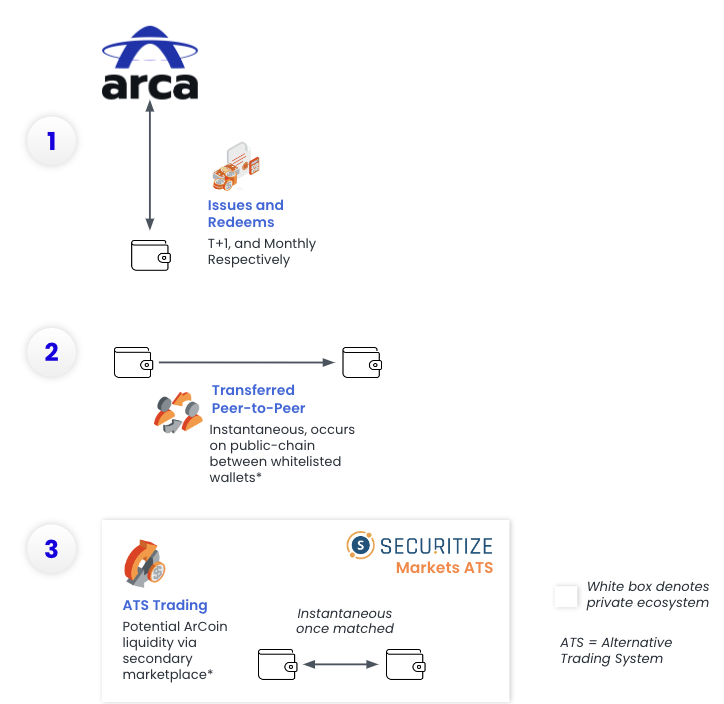Research Summary
This report discusses the future implications of Ethereum staking, focusing on the potential risks associated with centralization and the growing number of validators. It highlights the dominance of Lido as a staking provider and the potential security risks this poses. The report also explores the possible scenarios if the demand for staking continues to rise, including the strain on the peer-to-peer network and the shift to an “untested economic regime”.
Key Takeaways
Ethereum Staking and Centralization Risks
- Staking Dominance: Approximately 22% of the current Ethereum supply is being staked, with Lido controlling the largest market share at around 32%. This dominance raises concerns about centralization risks.
- Security Implications: If Lido were to control over 33% of all staked Ethereum, it could potentially prevent the blockchain from finalizing, posing a significant threat to the network’s security.
- Response from Lido: Despite these concerns, there has been little response from Lido regarding plans to mitigate these risks, with some staff members even dismissing them.
Increasing Number of Validators and Network Strain
- Growing Validator Numbers: The increasing number of validators is causing strain on the peer-to-peer network, potentially requiring node operators to upgrade their hardware to accommodate the increase in message propagation.
- Untested Economic Regime: If the staking queue remains full and higher levels of Ethereum are staked, the market cap of staked Ethereum could surpass that of unstaked Ethereum, leading to an untested economic regime.
- Yield Considerations: As the number of validators grows and yields decrease, validators may begin to exit, especially if the opportunity cost of tying up capital for yields under 2% is not worth it.
Potential Solutions and Future Scenarios
- Short-Term Solution: A proposed short-term solution is EIP-7514, which would modify the validator churn limit to a hard-capped maximum, slowing down the growth of active validators.
- Long-Term Solutions: Potential long-term solutions include increasing validator maximum effective balance, reducing issuance rewards, and lowering the barrier for entry for liquid staking providers.
- Future Scenarios: It is unlikely that the queue will remain full, and it is expected that the percentage of Ethereum staked will not exceed 40-45% of the total supply.
Actionable Insights
- Monitor Staking Trends: Keep a close eye on the trends in Ethereum staking, particularly the dominance of certain providers like Lido and the potential security risks this poses.
- Consider Hardware Upgrades: If the number of validators continues to increase, node operators may need to consider upgrading their hardware to accommodate the increased message propagation.
- Stay Informed on Proposed Solutions: Stay updated on proposed solutions to these issues, such as EIP-7514 and other potential long-term solutions.













